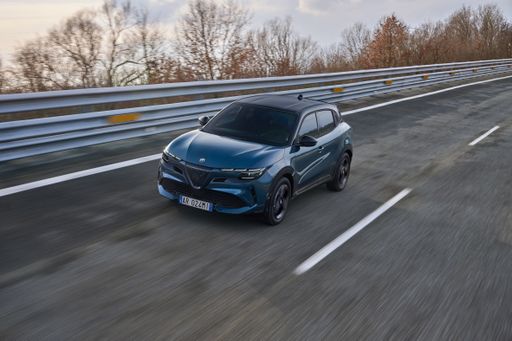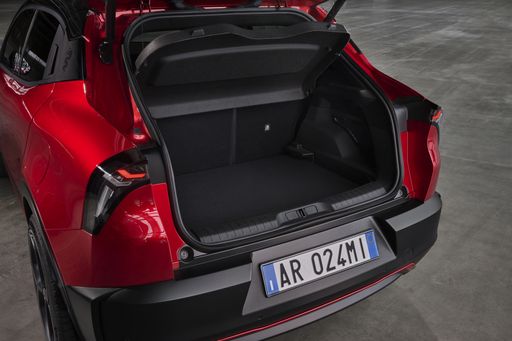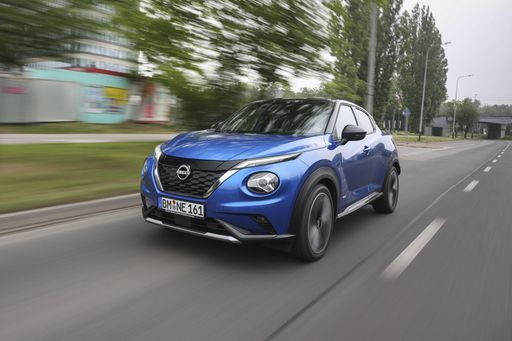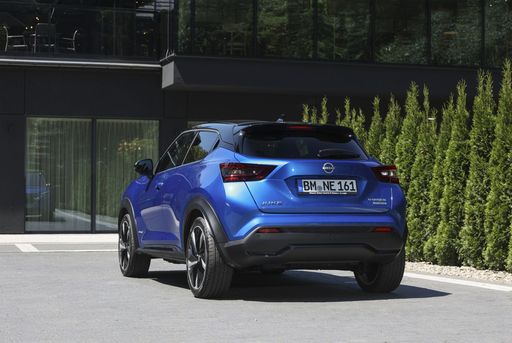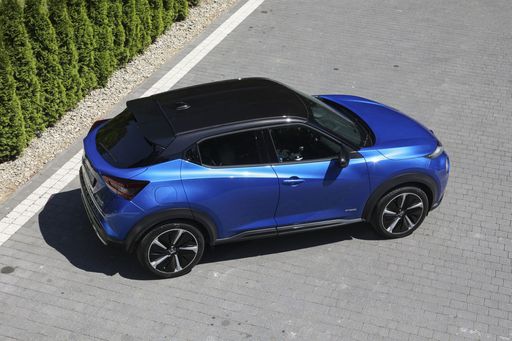Alfa Romeo Junior vs. Nissan Juke: A Comparative Insight
In the ever-evolving world of compact SUVs, the new Alfa Romeo Junior and the Nissan Juke stand out as formidable contenders. Both embody a unique blend of style, performance, and modern technology. This article dives deep into the technical specifications, design innovations, and overall value each vehicle offers.

